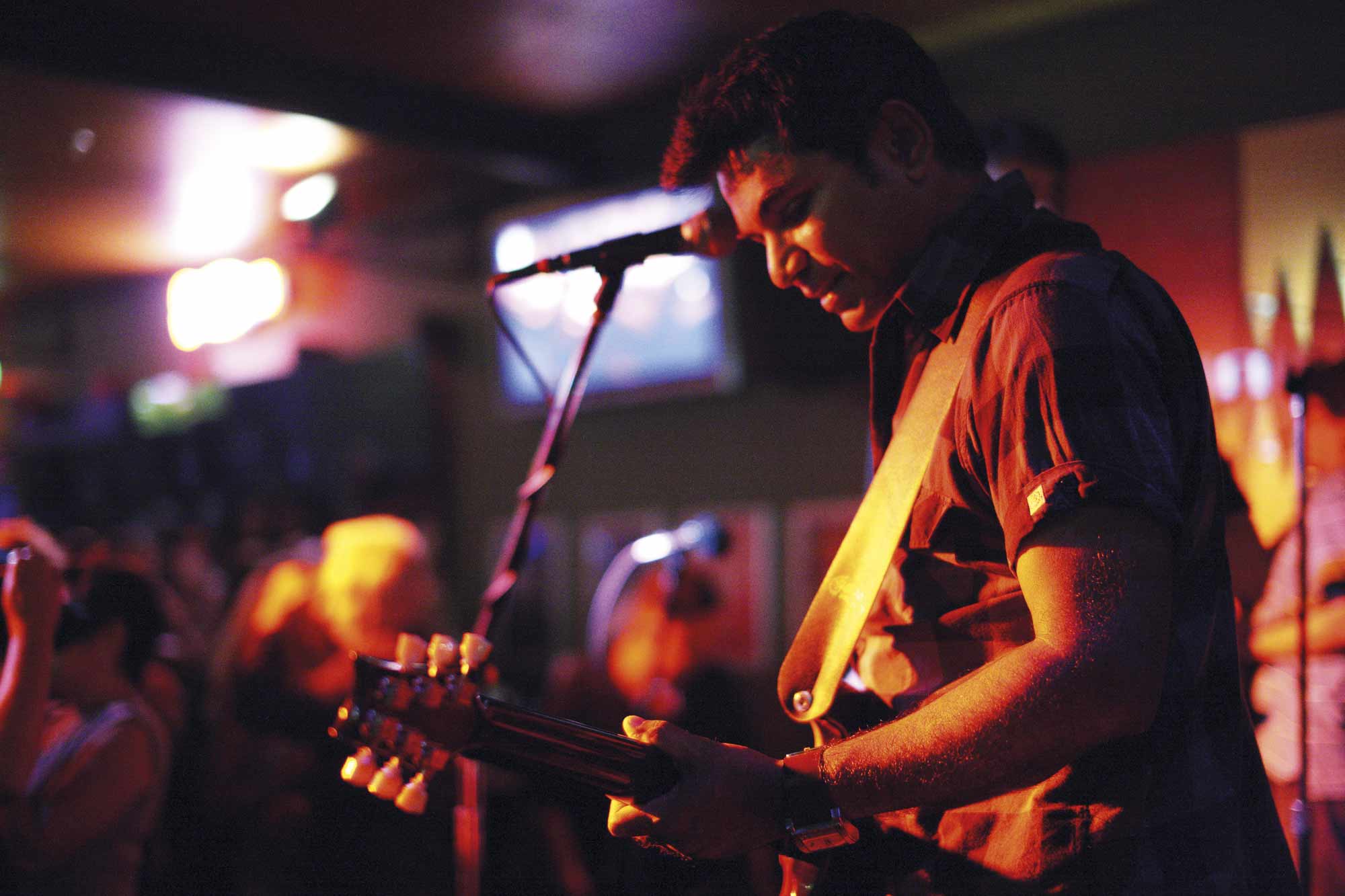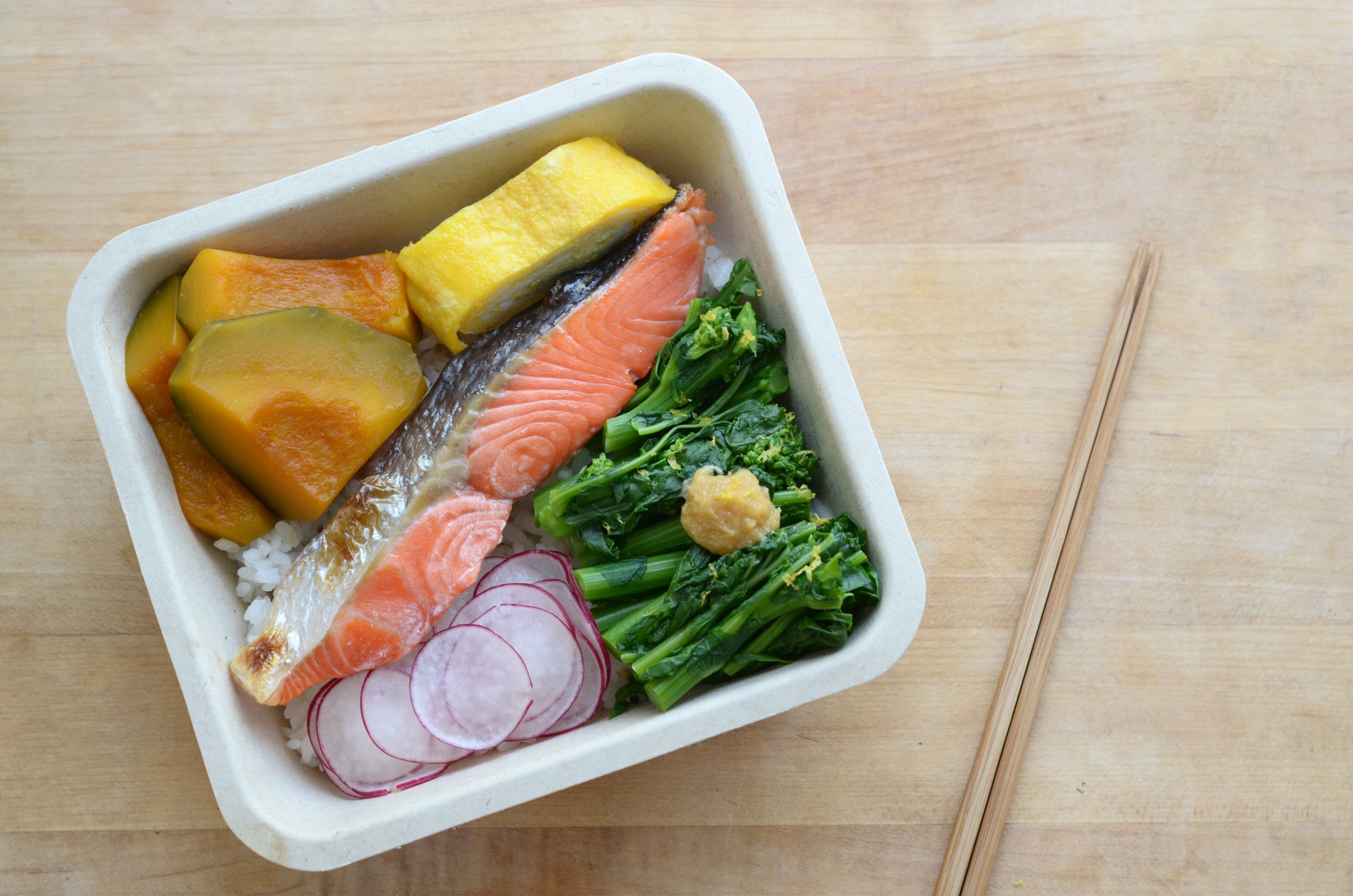Restaurant owners are hiring. This is the best indication of an industry still in expansion mode. Restaurateurs hired 46,700 workers in January, or close to one out of every three jobs the economy created in the month. Over the past year, the industry has added more than 380,000 jobs. What’s the point of adding workers if you don’t think your business will need the added labor?
Gas prices are still ridiculously low. Gas prices averaged $1.70 per gallon as of Tuesday, according to AAA. While that’s a bit higher than it was a week ago, it’s still 60 cents per gallon cheaper than a year ago. Gas prices are expected to be low for some time, as long as there remains a glut in oil, putting money in the pockets of more consumers. When consumers get more money, they really want to spend it on dining out.
Food costs are coming down. These additional sales are coming as beef costs finally join other commodities in deflating. Lower prices for beef, pork and chicken should make for a more profitable industry in 2016. Indeed, Texas Roadhouse executives said on the company’s earnings call Monday that they expect higher margins this year thanks to more sales and lower food costs.
None of this is to say that there aren’t challenges in the industry. But barring some major calamity, it appears this could be the best year for restaurants since the start of the Great Recession.
(via Nation's Restaurant News)









